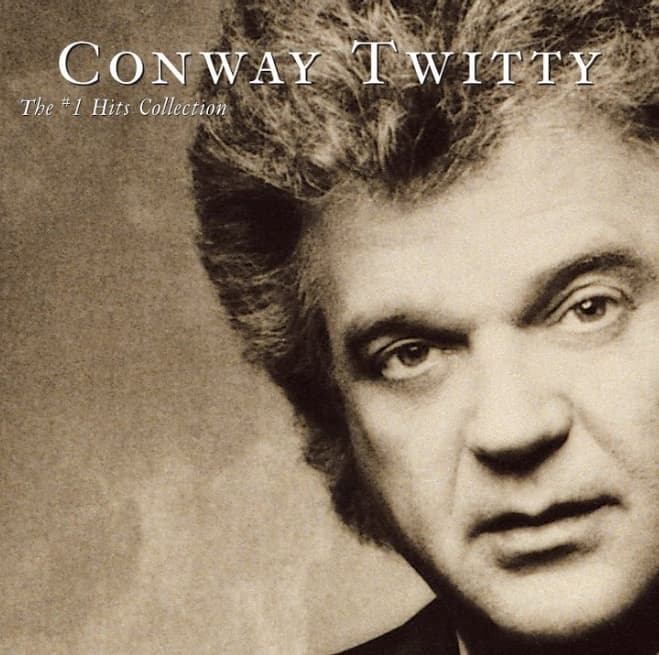
Waiting in the Wings: The Painful Hope of Being Second Best
There’s a sound to the classic country music of the late sixties that just hits you in the soul, isn’t there? It’s a sound wrapped up in heartache and the lonely glow of a beer-soaked tavern, the kind of place where a good song becomes a quiet confession. And when you think of that era, and that feeling, you inevitably arrive at the unmistakable, rich, tremulous baritone of Conway Twitty.
The year was 1968, and Conway Twitty had already transitioned from his days as a successful rock and roll artist, notably with the pop chart-topper “It’s Only Make Believe” back in ’58, to fully embracing the country genre he truly loved. He was recording for Decca (later MCA) under the guidance of legendary producer Owen Bradley. He’d had a few respectable country hits, but the truly monumental moment—the one that launched the career we all remember—came with the single “Next in Line.”
Released in August of 1968 from the album of the same name, “Next in Line” became a landmark in the history of country music. It soared straight to the No. 1 position on the Billboard Country Singles chart. This wasn’t just another hit; it was his first country chart-topper and the true beginning of a run of dominance virtually unmatched, kicking off a staggering fifty-plus number-one hits on the country charts for Twitty. It proved that his signature style—intense, emotional, and always just a little bit steamy—was exactly what country music audiences needed.
The meaning of “Next in Line,” penned by Wayne Kemp and Curtis Wayne, is distilled pain and desperate hope. The song is a three-minute masterclass in unrequited love and patient admiration. The narrator watches his love interest in a bar, a woman who is “drowning her sorrows” over a breakup, tearing the label off the bottle and crying over the man who hurt her. Our hero is the quiet observer, the faithful shadow. He knows her favorite songs, he spends his dimes keeping the jukebox playing just to see a flicker of happiness in her eyes. His heart breaks for her, yet his motives are complex, walking the fine line between true sympathy and calculated waiting. He’s not overtly aggressive; he’s simply making himself indispensable in her moment of despair. The chillingly tender final promise—that if she gives up the music and the wine and changes her mind about her previous love, he’ll be “standing by to be the next in line“—is the core of the song’s emotional power. It’s the ultimate expression of the country music archetype: the good-hearted, long-suffering man whose devotion is both pure and a little heartbreakingly opportunistic.
This song, with its straightforward, hard-country sound and Twitty’s earnest delivery, struck a chord with so many of us because who hasn’t been the “next in line” at some point in life? Who hasn’t sat patiently, enduring their own quiet heartbreak while watching the object of their affection pine for someone else? It captures that raw, human vulnerability of holding onto a shred of hope against overwhelming odds, hoping that your constancy will eventually win out over another’s careless love. It wasn’t just a number one hit; it was a mirror reflecting a universal truth about love and loss. It reminds us of a time when the greatest drama could be found in the slow, agonizing moments shared across a dimly lit barroom table.